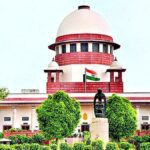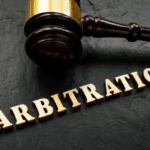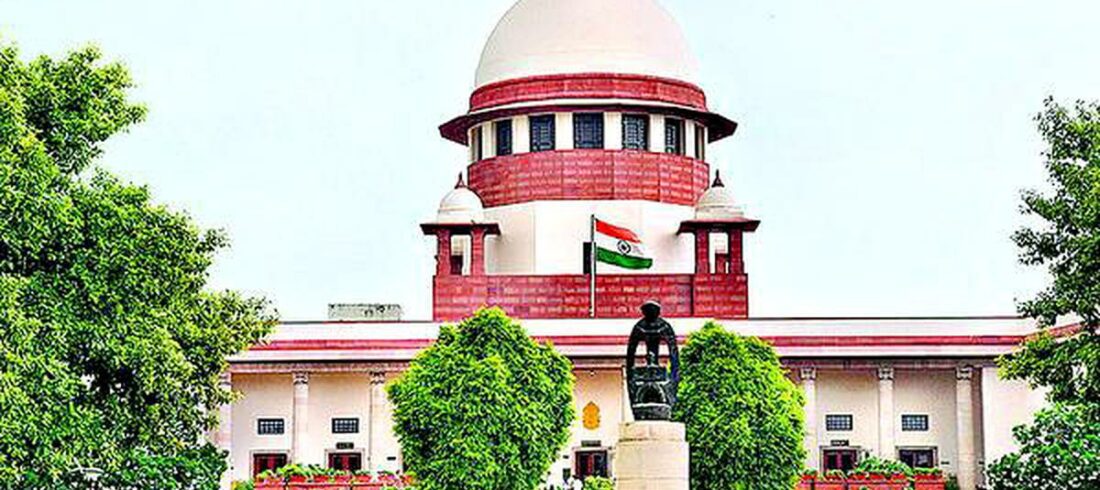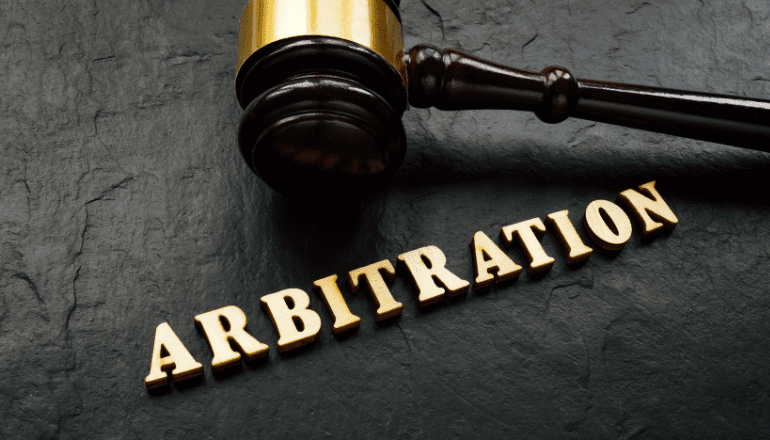In accordance with Section 121(r) of the Finance Act, 2019, the term “quantified” refers to a written communication of the amount of duty payable under an indirect tax enactment. According to the bench of Delhi High Court, a unilateral quantification by the petitioner does not qualify the assessee to benefit from the scheme because it was the Department’s responsibility to quantify the amount, not the assessee.
Background –
In respect to commission money obtained from outside of India, the petitioner was levied service tax. A total demand of Rs. 1,00,89,786 with interest and a penalty of Rs. 1,00,89,786 was imposed on the petitioner. According to the law, the petitioner had two months from the date they received the ruling to submit an appeal. During the Budget Speech for 2019-2020, the finance minister did, however, introduce the SVLDR Scheme Rules, 2019. Later, on August 1, 2019, the President gave his approval to the Finance Bill 2019-2020. After some delay, the SVLDR programme became active on September 1, 2019.
The petitioner firm complained that the benefit of the plan was only applicable to situations where the appeal was underway or had already been adjudicated before June 30, 2019. Despite the petitioner company’s desire to utilise the SVLDR scheme’s benefits, an appeal was submitted on August 16, 2019. The SVLDR Scheme, however, did not apply to this type of cases, even if the appeal was statutorily accessible by the end date, or June 30, 2011, and no appeal was pending before the “cut-off date.”
An order requiring the respondents to carefully consider whether to extend the benefit of the plan to the petitioner company—which had filed the statutory appeal after the “cutoff date”—was made in the first round of litigation. Subject to providing an assurance to the department that the appeal will be dropped, the respondent permitted the declarant to submit a statement under the programme after filing an appeal after June 30, 2019. The petitioner corporation decided to withdraw their appeal as a result.
The complaint of the petitioner company in the second round of litigation was that it had filed a declaration in Form SVLDRS-1 dated December 30, 2019, under the “litigation” category, seeking a refund of up to 50% of the “tax dues” even though the respondents had subsequently extended the validity of the scheme.
The petitioner argued that the respondents had improperly granted a reduced rebate slab by classifying the petitioner’s case as “litigation” and quantifying the tax dues at Rs. 41,30,697 by incorrectly interpreting the scheme’s regulations.
Analysis
- The main issue is that the petitioner decided to exercise the option of receiving benefits under the Scheme and independently made what appears to have been an informed decision to receive benefits under the SVLDR Scheme by submitting an undertaking to withdraw the appeal, but filed the declaration by incorrectly interpreting it as falling under the litigation category. After doing so, the petitioner is barred from arguing that it was coerced into dropping its appeal in order to receive the benefit of the SVLDR Scheme, and is also barred from objecting to the inclusion of its case within the “arrears” category.
- A thorough reading of sections 124(1)(a) and (c) would reveal that the reliefs provided by the Scheme are essentially categorised as either falling within the “litigation” category or the “arrears” category. The amount of duty in the first group is in question or is subject to dispute and has not yet been resolved, whereas the amount of duty in the second category is either not in dispute or has already been decided. It is clear from a combined interpretation of the aforementioned clauses that the SVLDR Scheme was expanded to include circumstances where there was some degree of finality about the imposition of duty/tax dues as of the cut-off date.
- Once the pending litigation was dropped, the tax authorities’ demand for payment reached “finality” and a fortiori fell under the definition of “amount in arrears,” therefore the declaration was appropriately classified as falling under the “arrears category.” Such a case would have been considered “litigation” if the amount of duty claimed by the Department had not reached finality or had not been acknowledged as recoverable from it by the declarant. In contrast, if the amount of duty had reached finality because an appeal had not been filed prior to the expiration of the limitation period, the appellate order had reached finality, or the amount of duty had been acknowledged by the declarant, those circumstances would have been considered “non-litigation.” The record confirms that the whole penalty imposed by order dated 14.06.2019 was likewise eliminated, disproving the learned counsel for the petitioner’s claim that it has been unreasonably affected.
- In the case of Nidhi Gupta v. Union of India, it was observed that the position has been clarified in Circular No. 1072/05/2019 with reference to Section 121(C)(i)&(ii), which defines the term “the amount in arrears” as also the “amount of duty” which is recoverable. Suffice it to say that the said Circular was deemed to be in compliance with Rule 3 of the Scheme-2019 floated under the Finance Act of 2019. CX dated 25.09.2019, clause (viii), categorically enabled taxpayers to file declarations under the Scheme on providing a written undertaking to the Department that he would not file an appeal.
- In a previous case decided by this Court, Karan Singh v. Designated Committee Sabka Vikas Legacy Dispute Resolution Scheme, decided on 22.02.2021, it was determined that, in accordance with Section 121(r) of the Finance Act, 2019, the term “quantified” refers to a written communication of the amount of duty payable under an indirect tax enactment and that the assessee is not eligible to use the Scheme as a result of a petitioner’s unilateral quantification
Judgment
According to the Delhi High Court, taxpayers submitting statements in accordance with the Sabka Vishwas (Legacy Dispute Resolution) Scheme Rules, 2019 (SVLDR Scheme) are not permitted to specify the amount of the indirect tax obligation. The court determined that the current writ petition lacked merit for the reasons listed above. As a result, the same was rejected.






